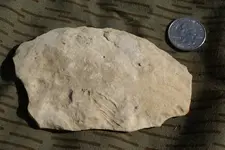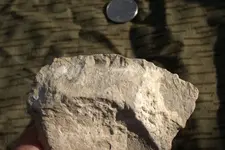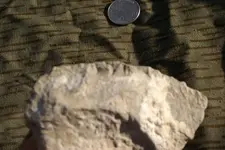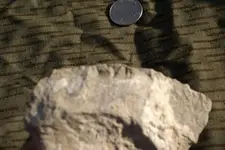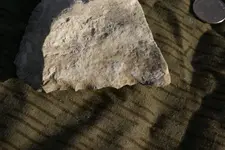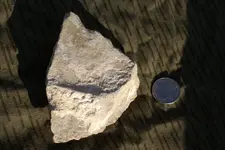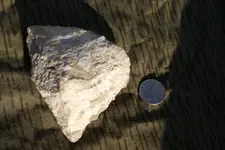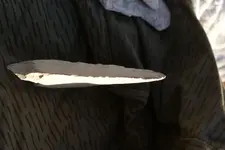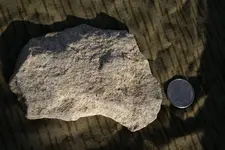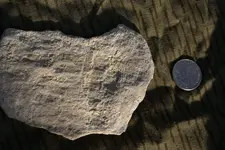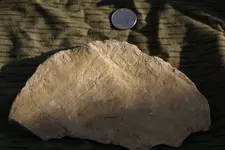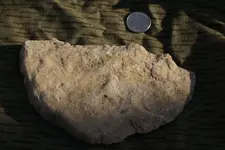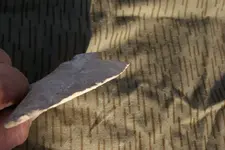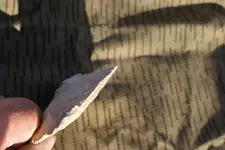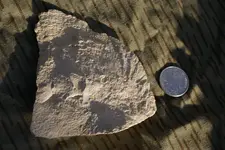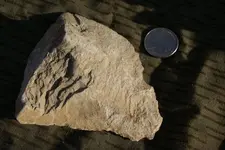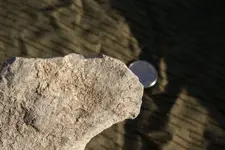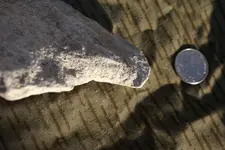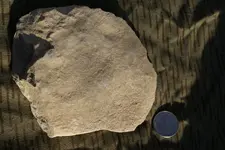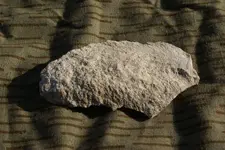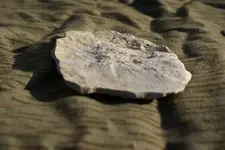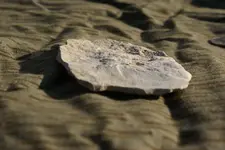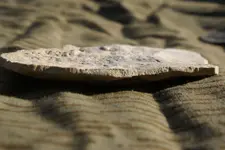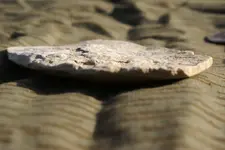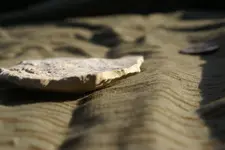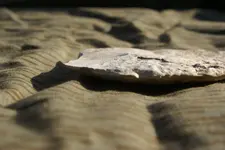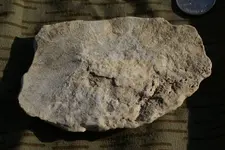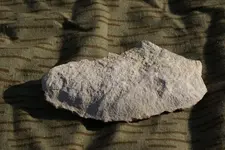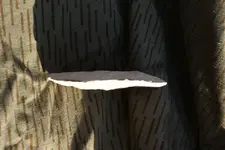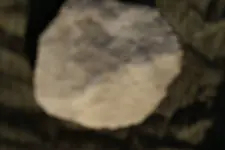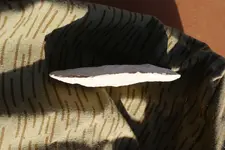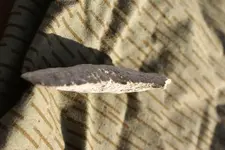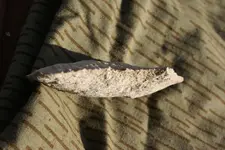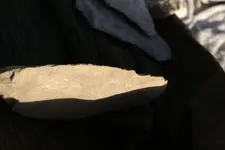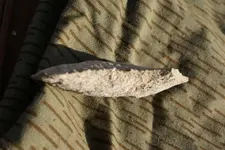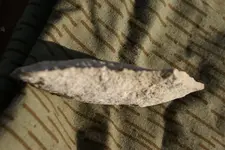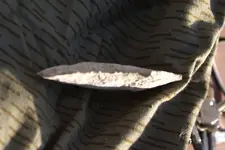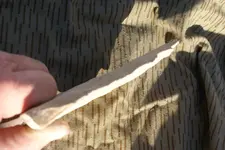The rock pictured is palos verdes schist. Its only found on catalina island or on the pv peninsula. I've never seen the rock before. It's very abrasive, not easy to flake, but if you ground it against some basalt the resulting edge would be very good for cutting vegatation and possibly sawing through bone.The geology in very cool around here. "The Palos Verdes Peninsula is a tectonic fault block of seafloor sediments and volcanics draped atop a submerged mountain of metamorphic rocks that began rising out of the Pacific Ocean 1.5 million years ago.
The seafloor rocks are made of deep water fine-grained sediments which, in places, consist primarily of diatoms or volcanic ash. Lava flows erupted upon or within the ocean sediments during the early phases of deposition. These sediments are considered part of the Monterey Formation and were deposited upon an eroded terrain of metamorphic rocks during the Miocene epoch (8-15 million years ago). The associations of diatomaceous and tuffaceous sediments within an actively downdropping deep submarine basin are common in the Monterey Formation, a well-studied rock unit that can be found along the west coast of North America and is famous for the petroleum that was generated from its abundant organic matter.
The eroded terrain that the seafloor sediments settled upon consists of metamorphic rocks created at great depth in or near a subduction zone. These rocks, known as the Catalina Schist, were once part of the subducting Farallon tectonic plate. These rocks were subsequently lifted above sea level and eroded before the Monterey Formation was deposited on top.
The geologic sequence describes rocks that were first dragged deep into the Earth on a sinking plate, were then uplifted and eroded, dropped down to deep ocean depths to catch the Monterey Formation, and now uplifted again. This is only the simplest scenario. At least 150 million years of geologic history is missing on Palos Verdes Peninsula. The Catalina Schist is at least that much older and any rocks formed in between it and the Monterey Formation were eroded and washed away.
Bordering the PV Peninsula to the north, along the mainland connection, is the Palos Verdes Fault, a great break in the coastal crust along which PV Peninsula is being uplifted. The compressional forces at work along the California coast which are causing the block to rise again, also squeezed the rocks into a gently sloping anticlinal form, causing the once horizontally-lain sediments to be deformed into an arch.
The gentle sloping of the arched rocks often are oriented along the slope of the hill, a feature that has caused destructive landsliding in modern times. Landsliding is enhanced by the chemical alteration of tuffaceous layers to a "slippery" clay which fails easily when wet. Some areas of PVP are off-limits to development due to the threat of landslide activity."
July 2000 by Ron Merritt Morris
That was from csulb
--------------------------------------------------------------------------------
